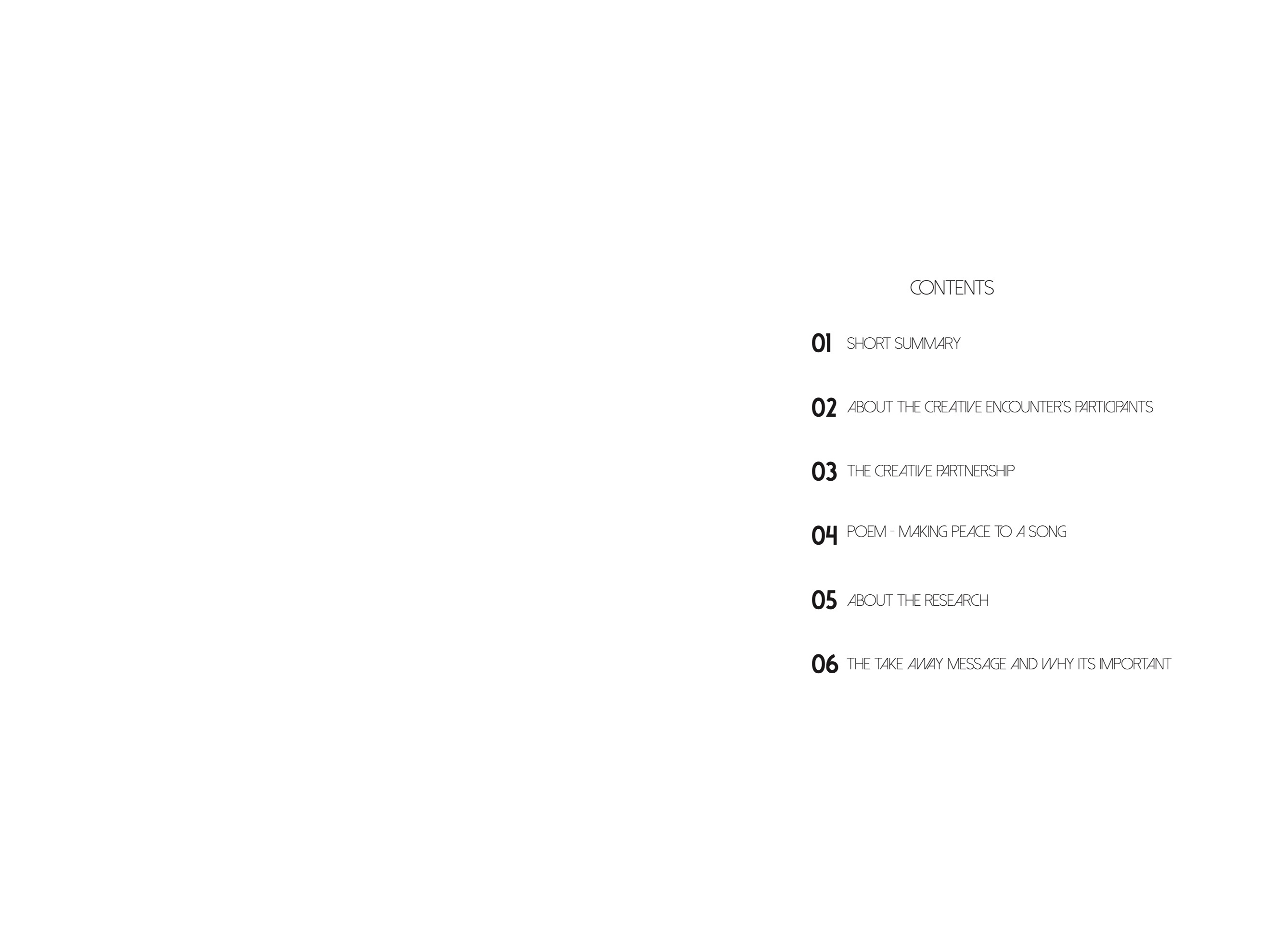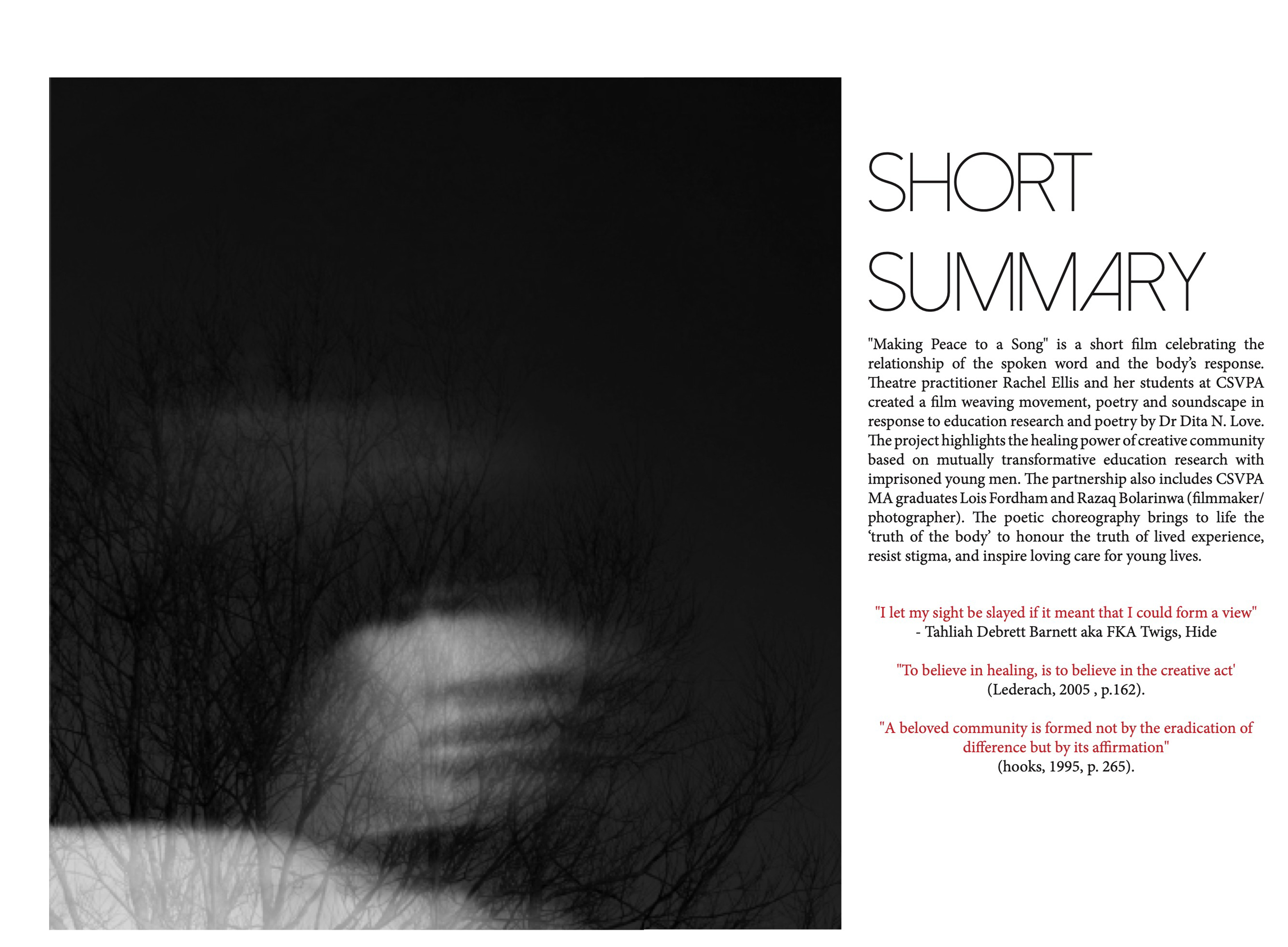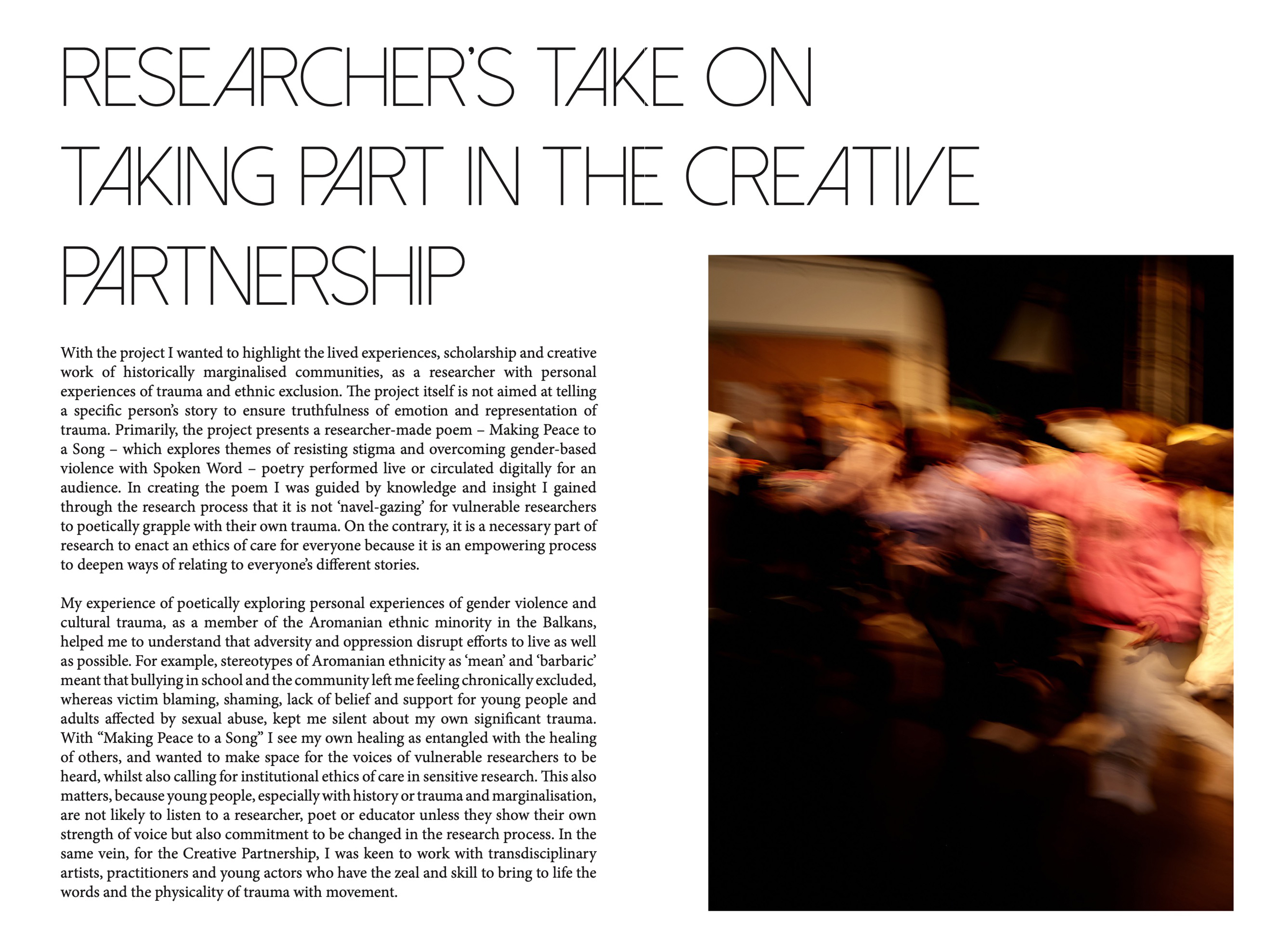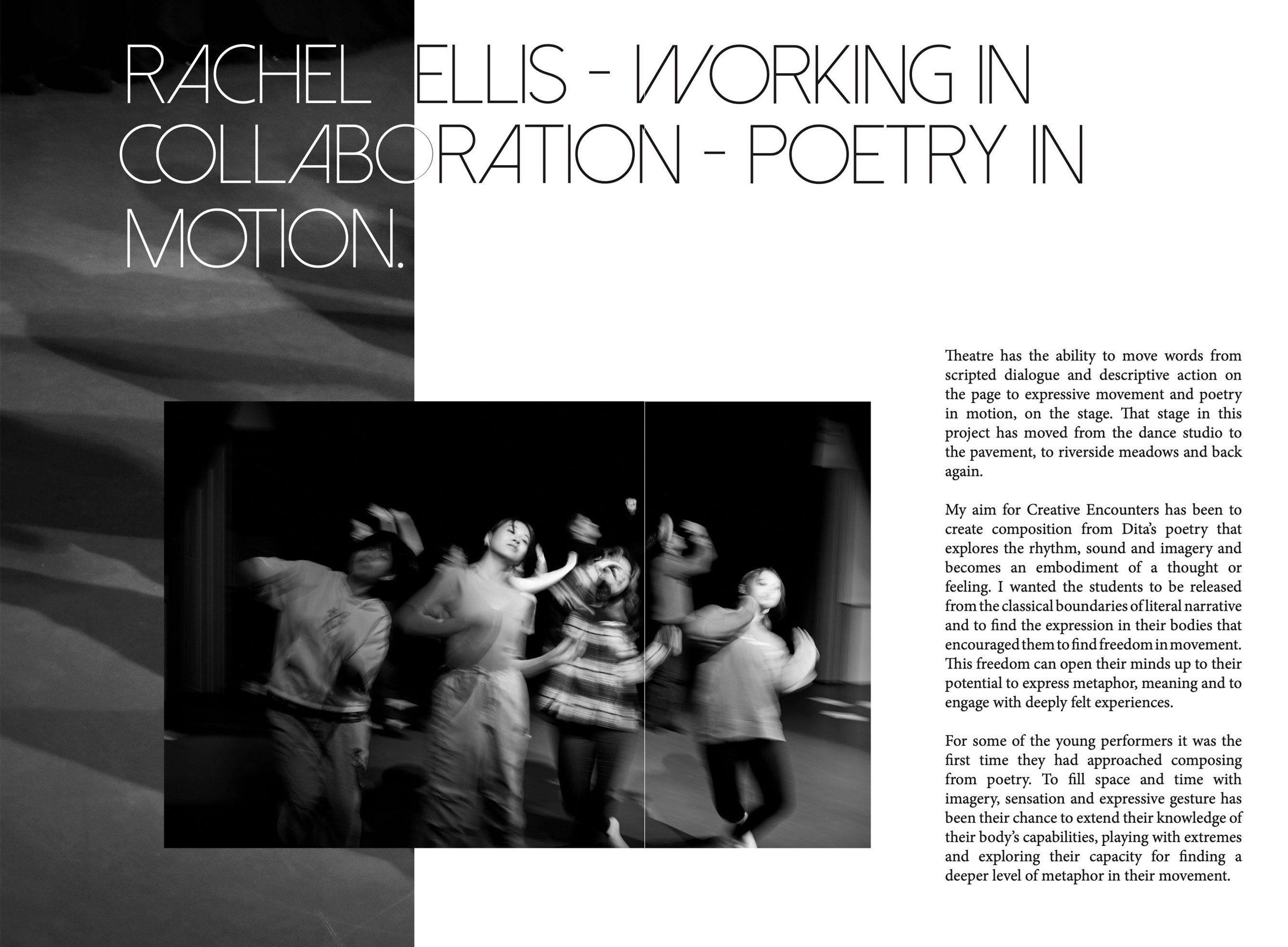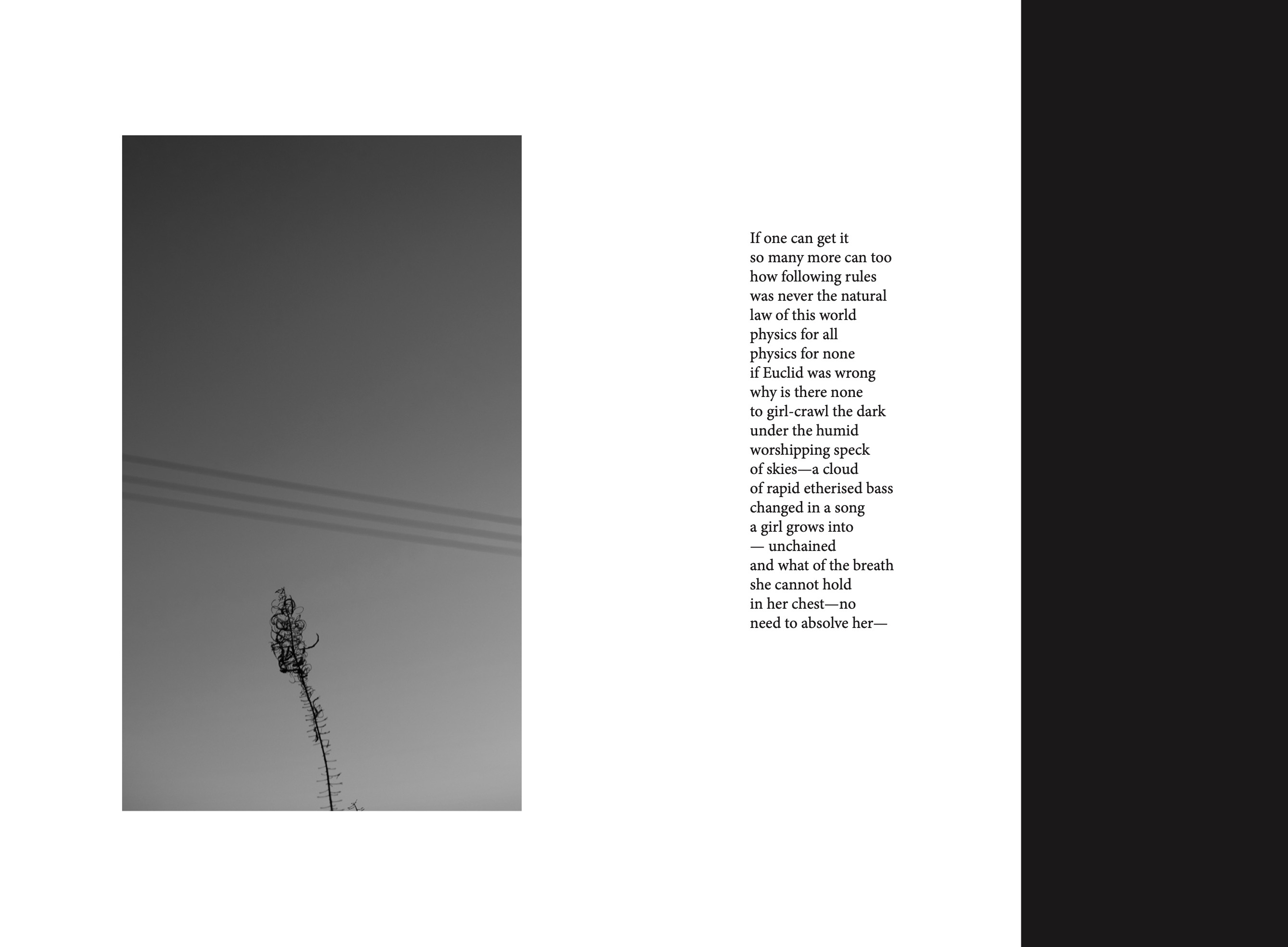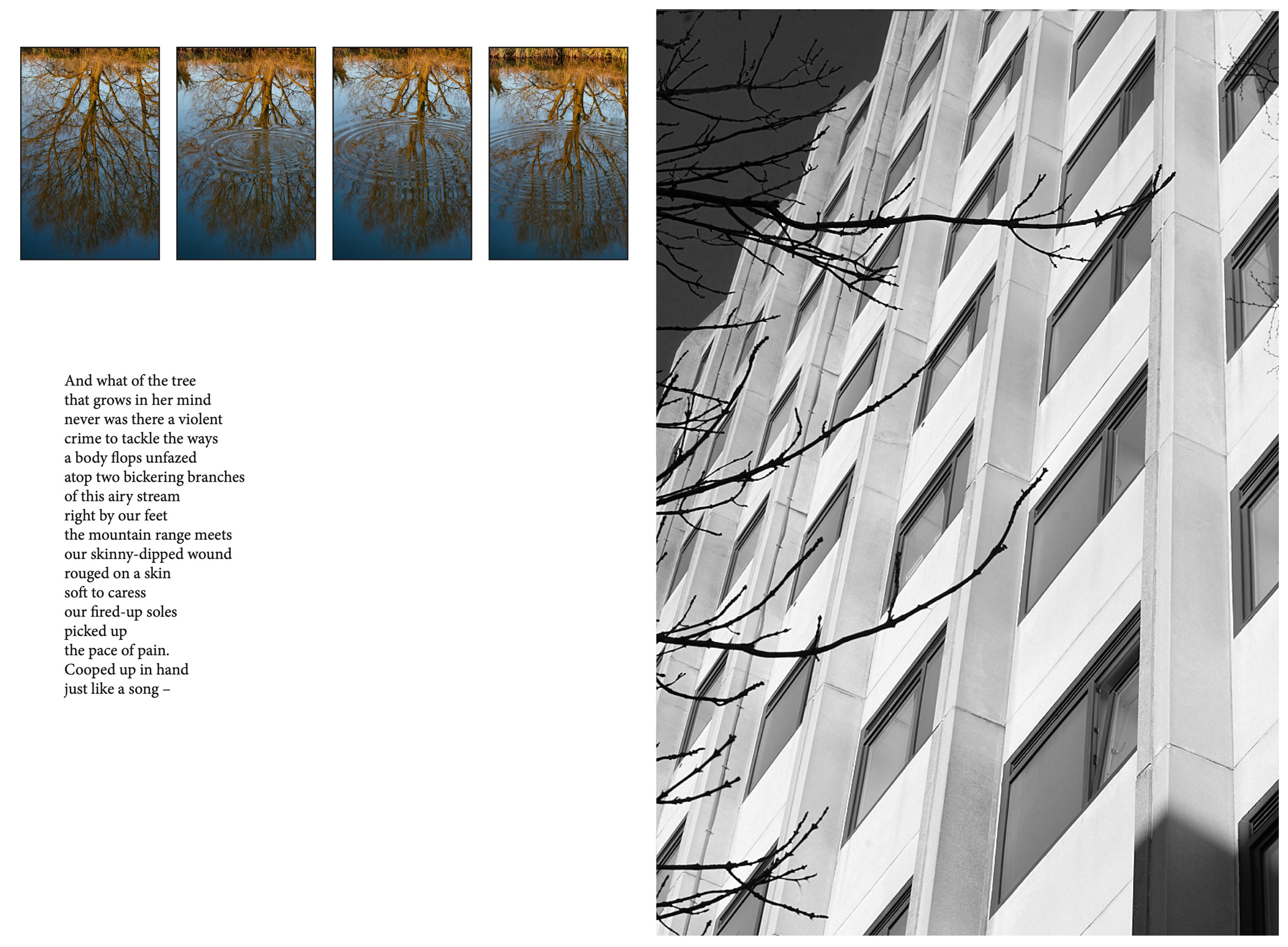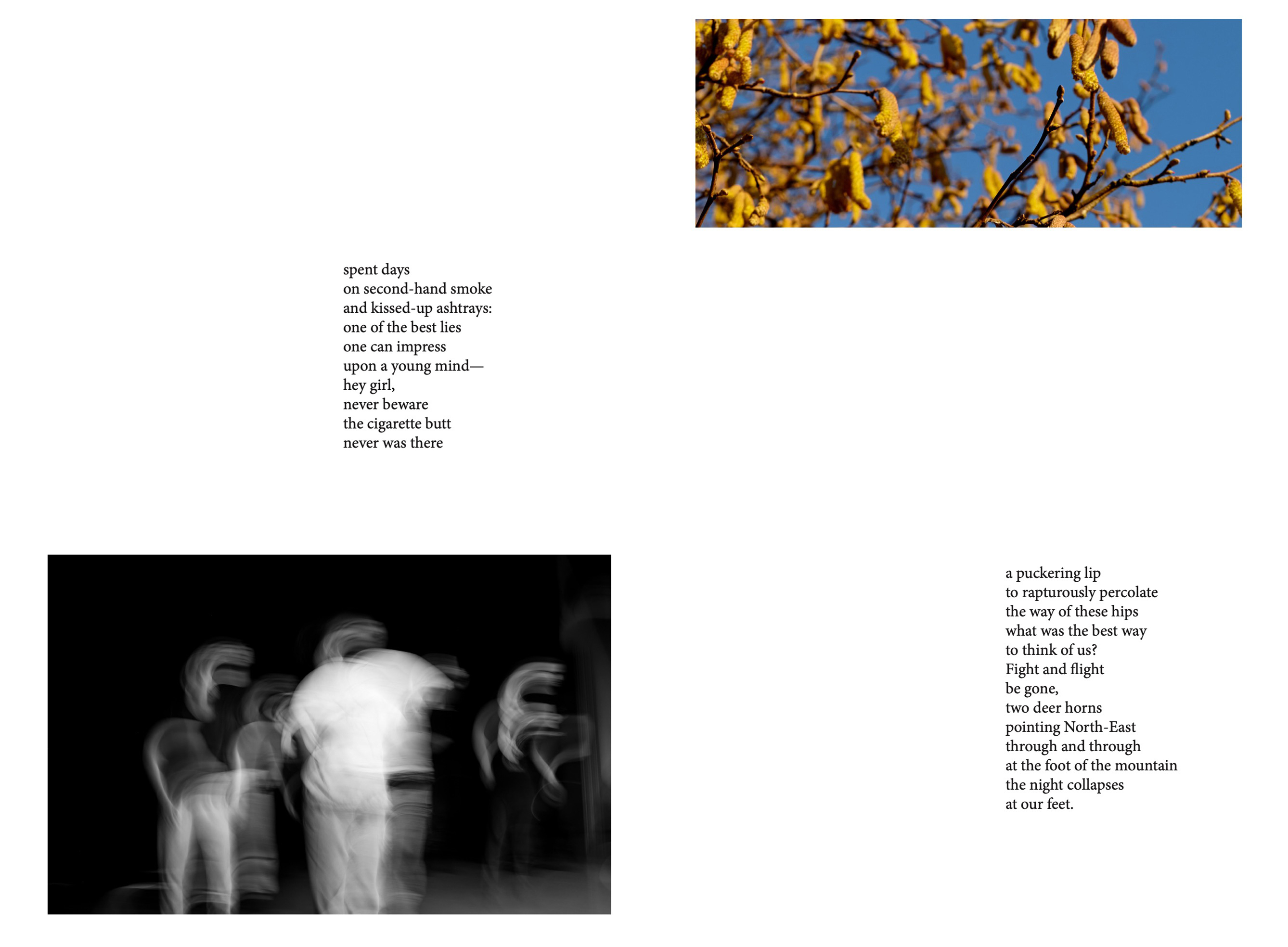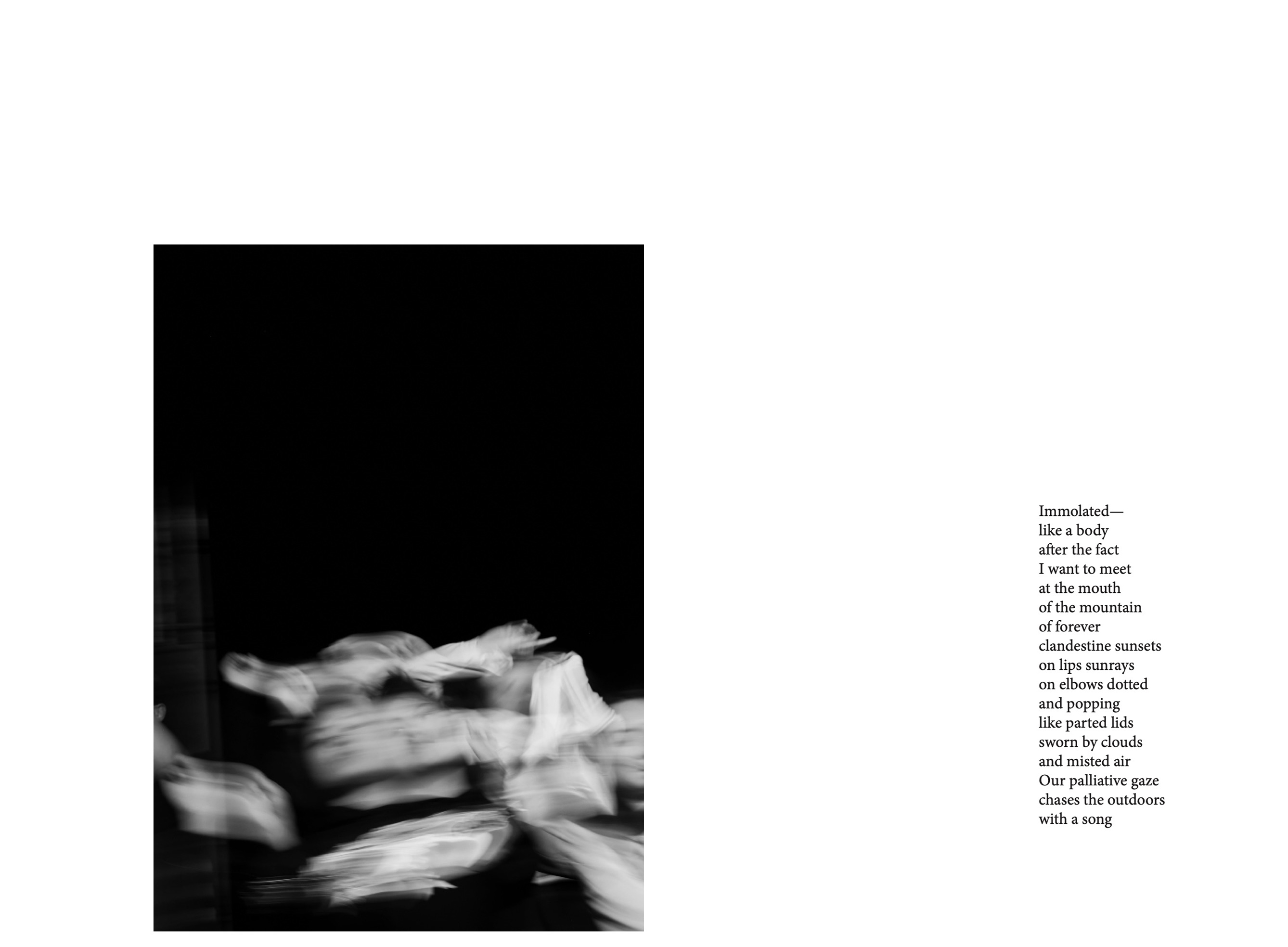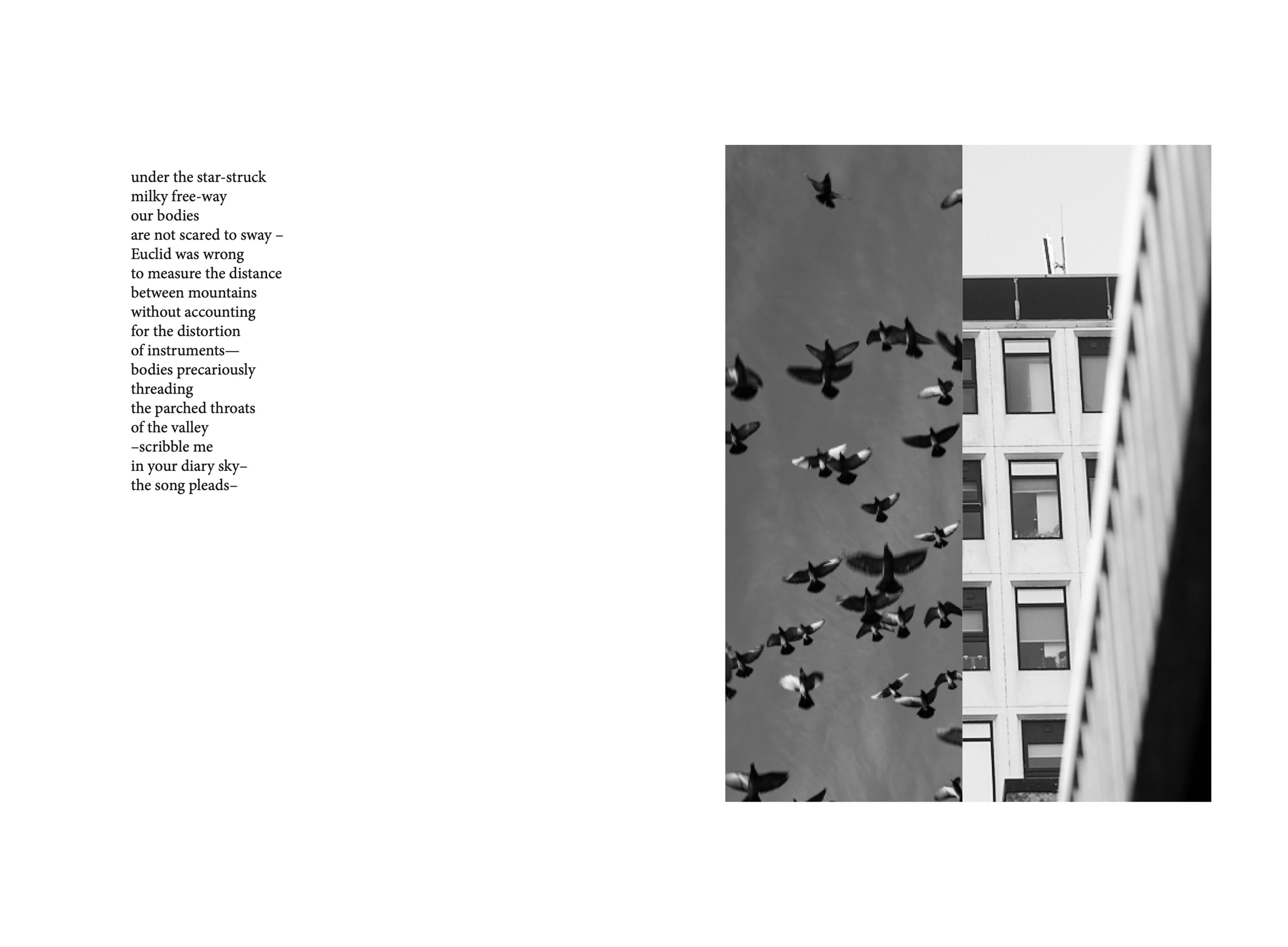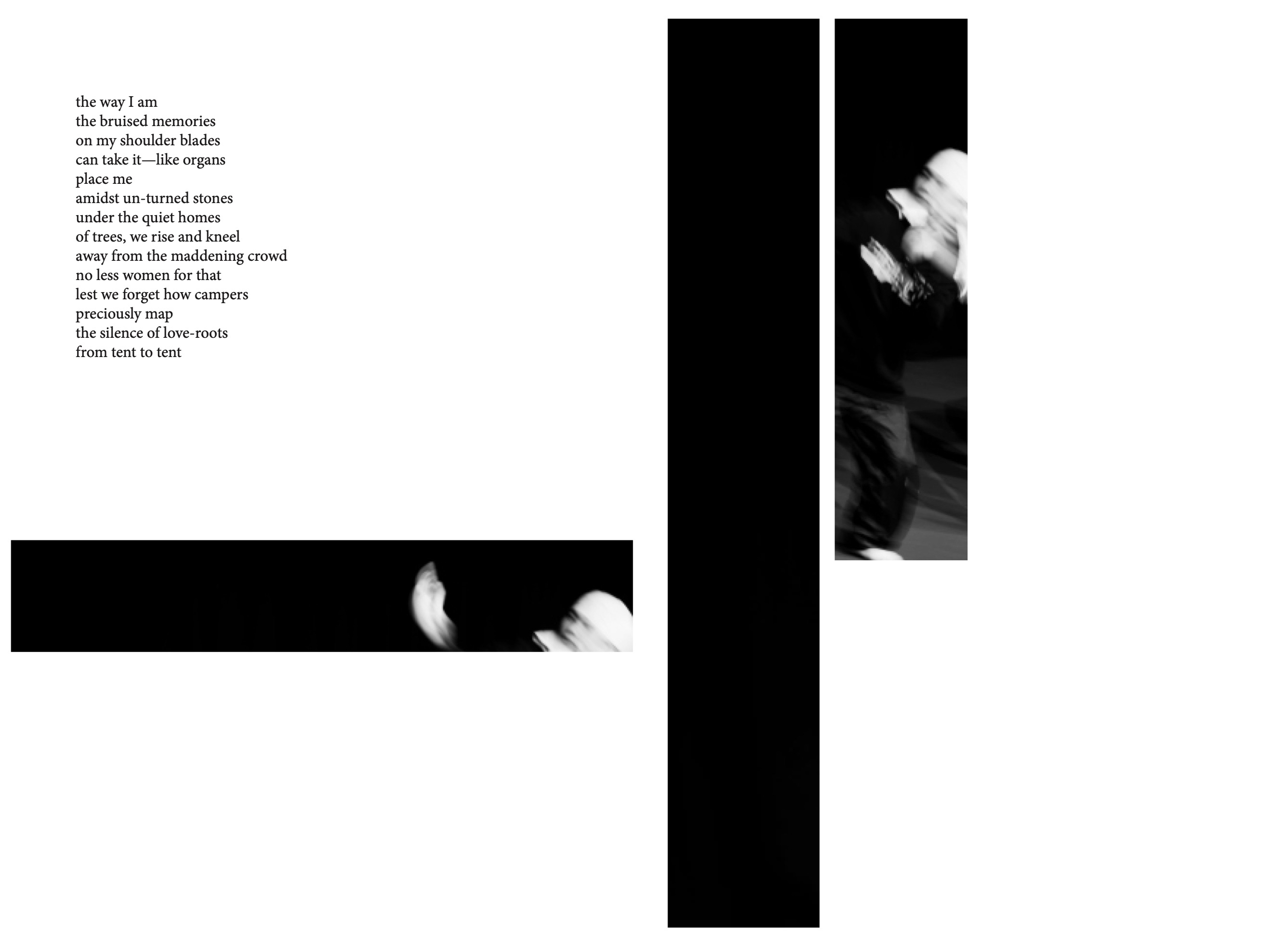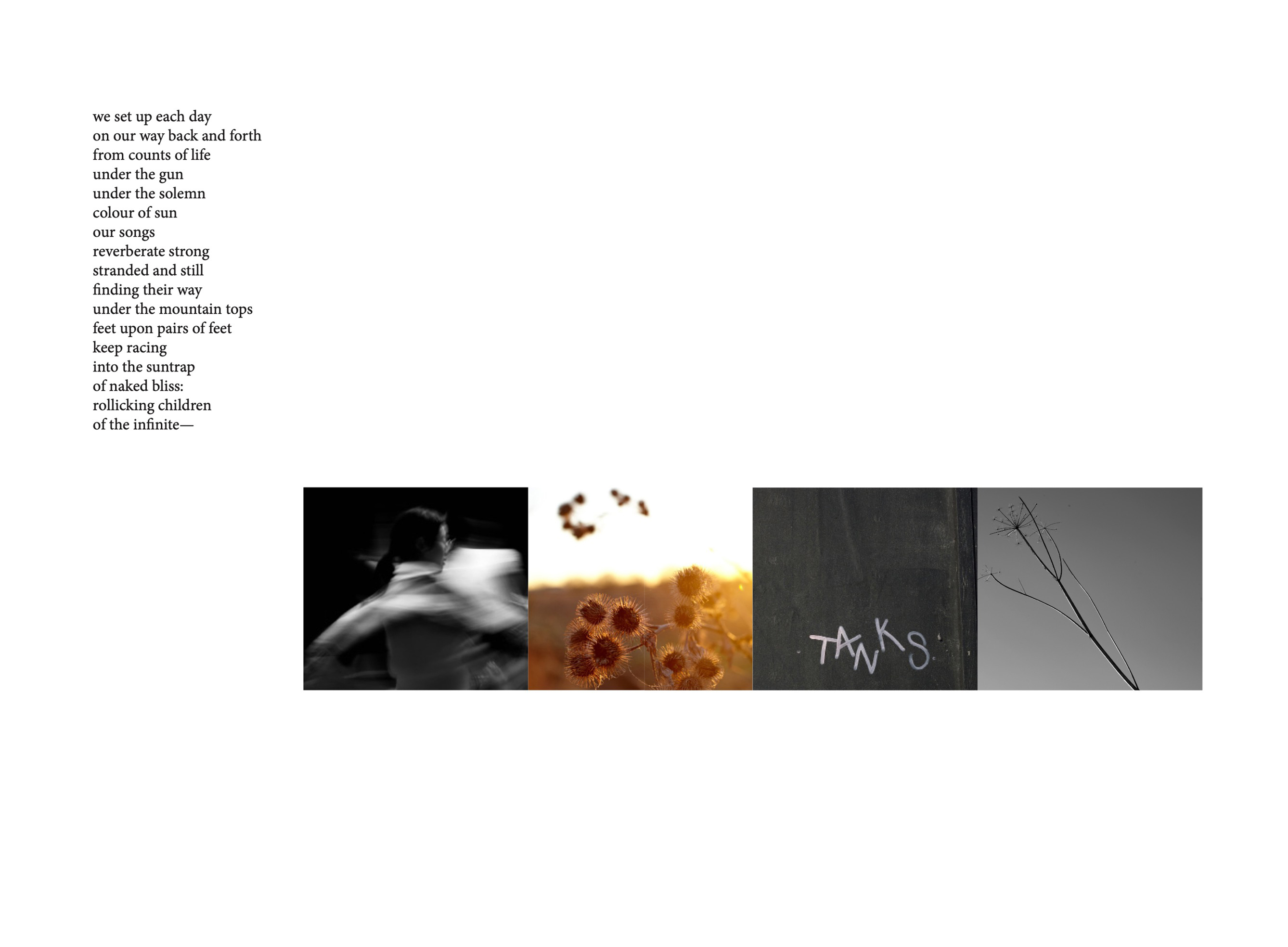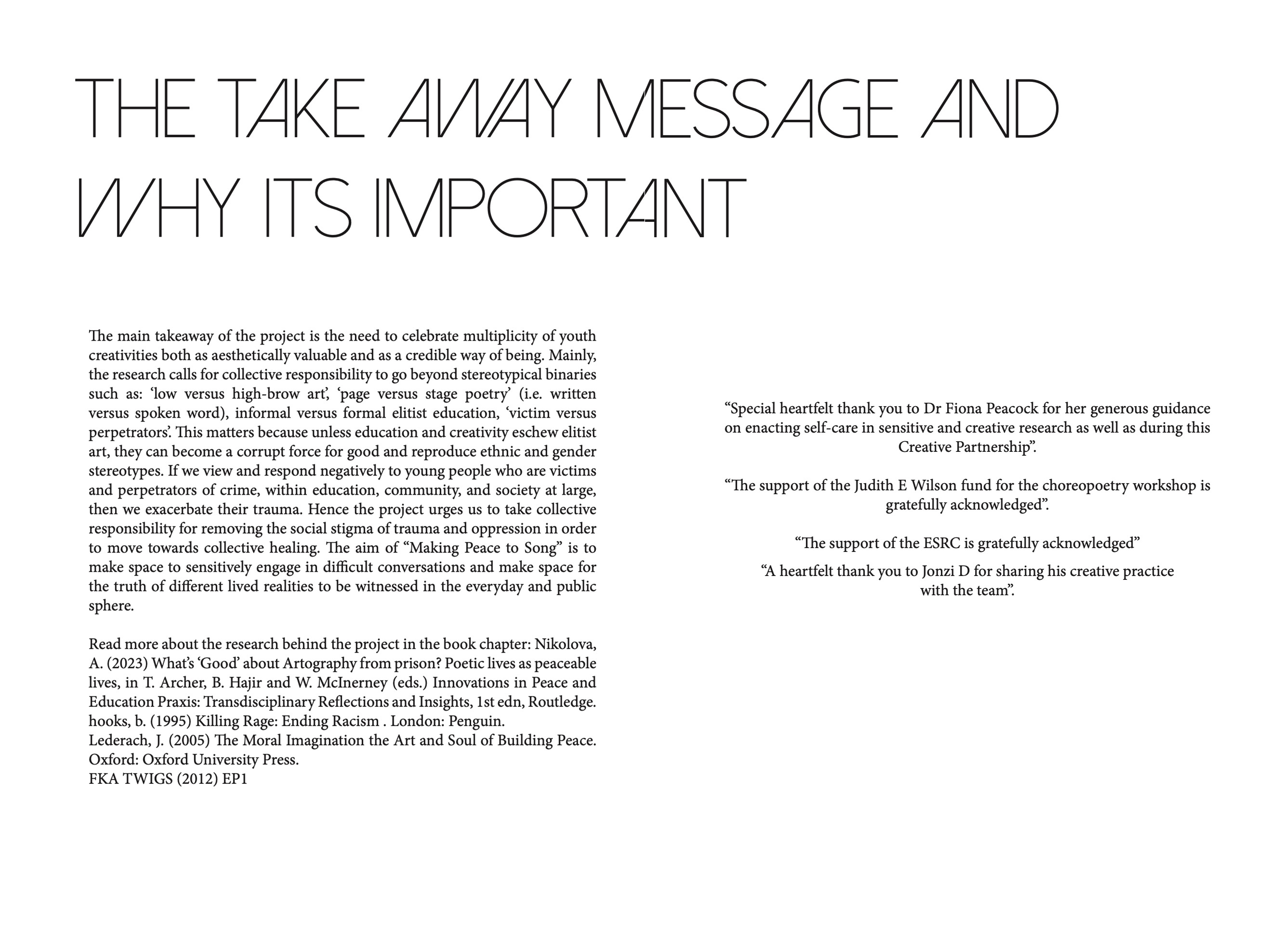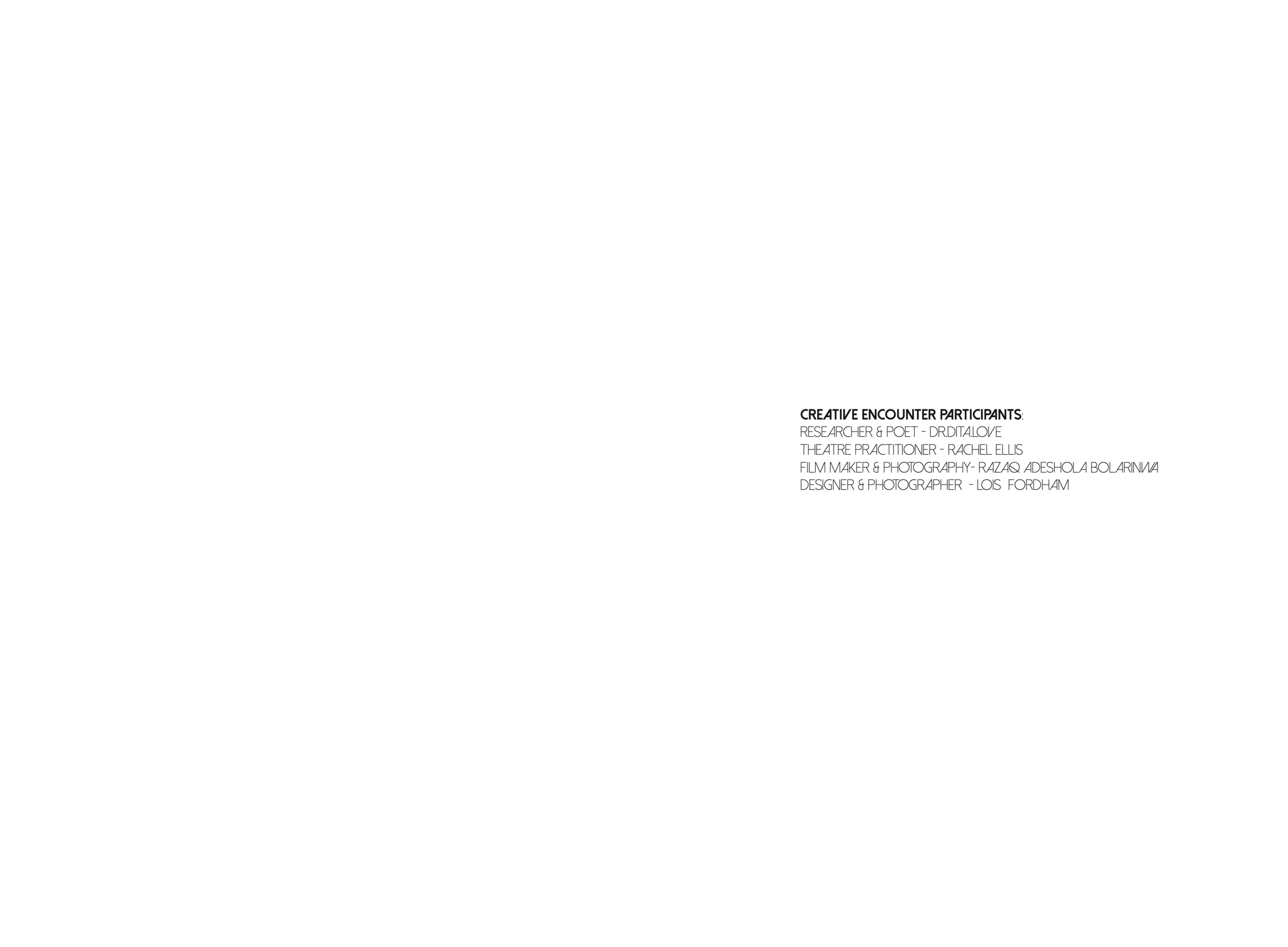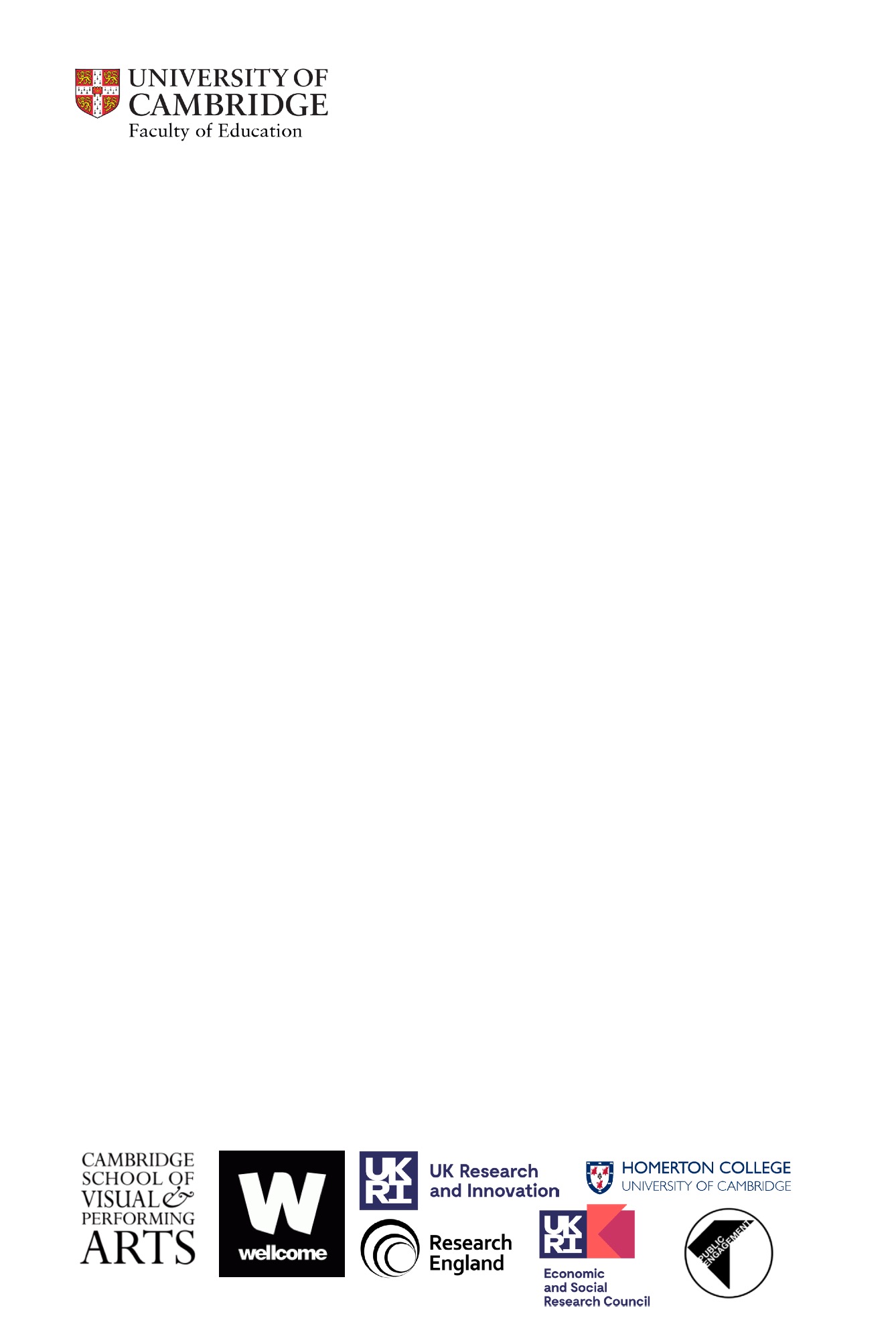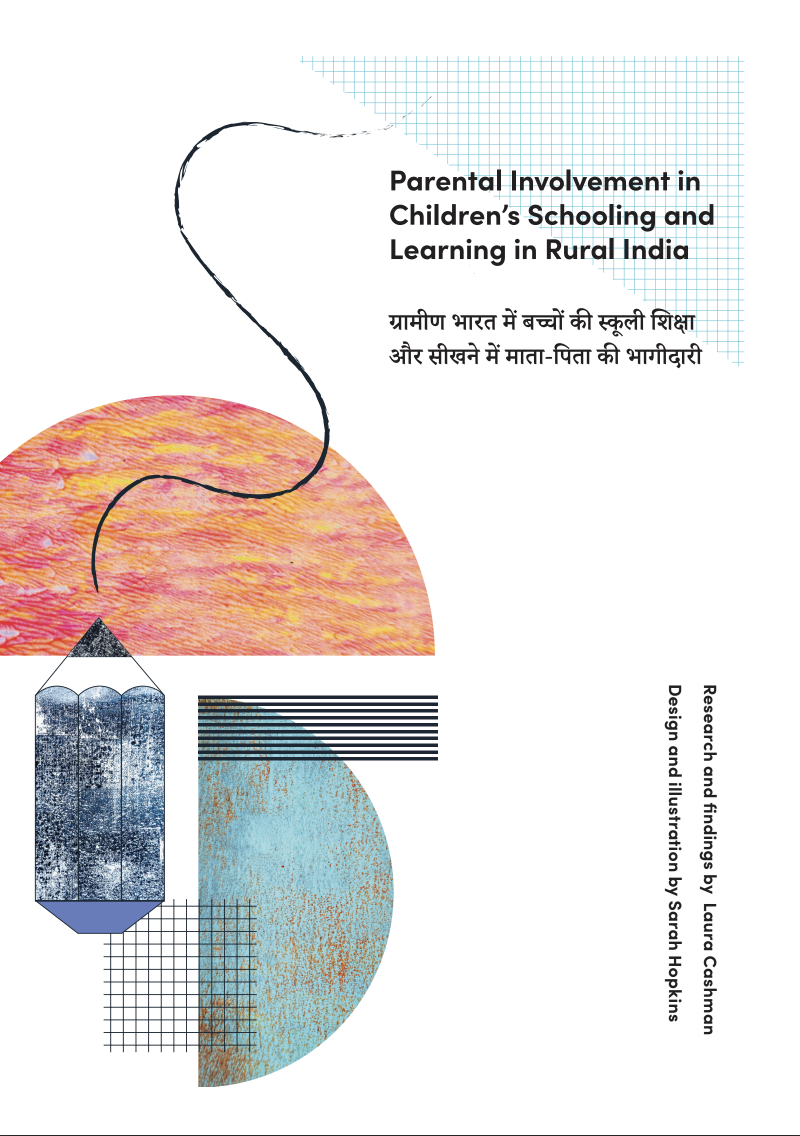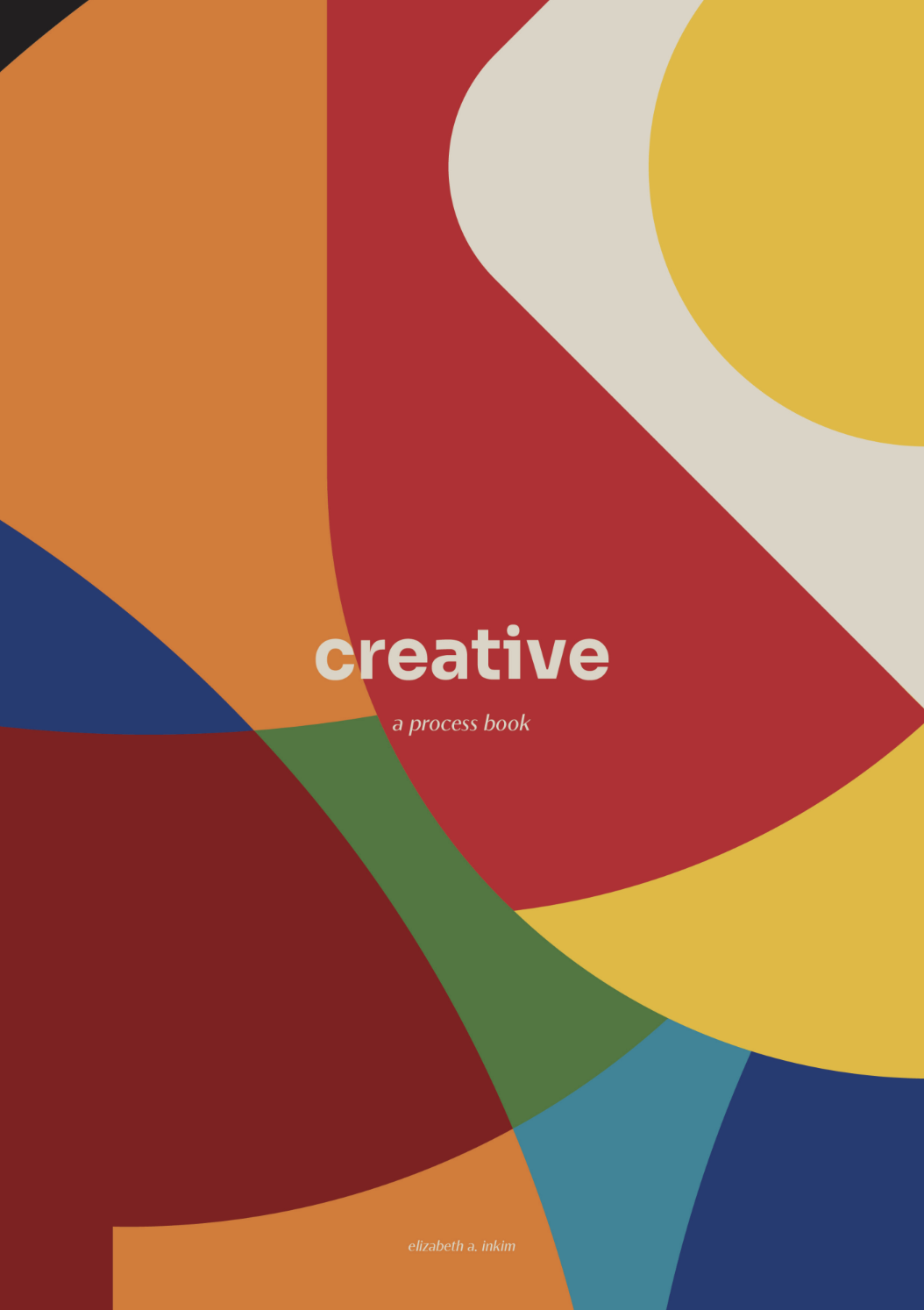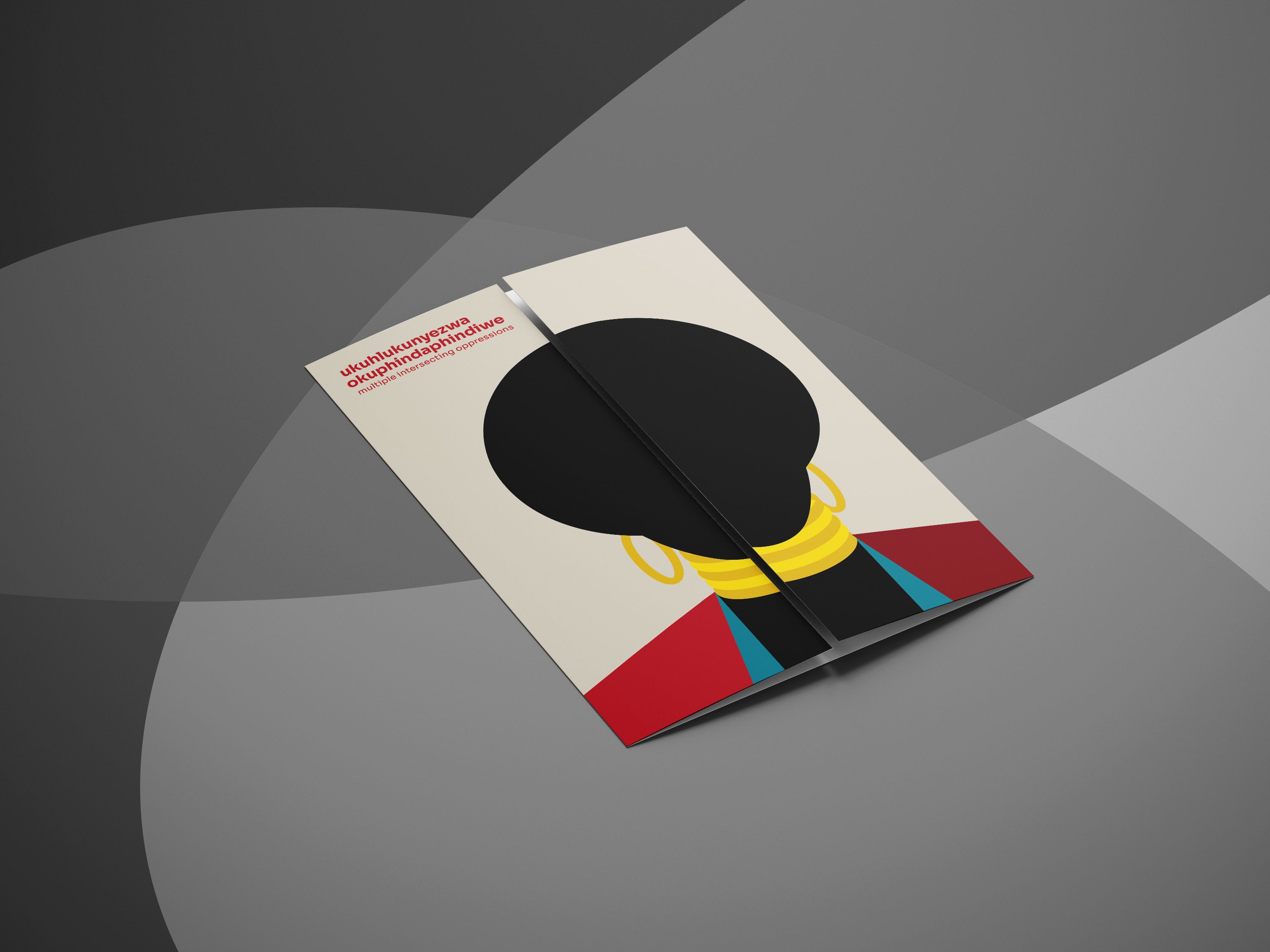
Cambridge
Creative
Encounters
PARTNERSHIPS

Creative Partnerships is a project that focuses on collaborations between researchers and local further education and higher education institutes with focus on creative arts. Creative outputs for this category are visual and vary from films, video games, animations, performances, sculpture, graphic design, illustration or podcasts among others.
This year we are very happy to collaborate with the Cambridge School of Visual and Performing Arts students and lecturers as part of our partnerships category, which present research through a range of media by a selection of established and up-and-coming artists.
Our special thanks to the University of Cambridge researchers, Cambridge School of Visual and Performing Arts (CSVPA) and Creative professionals who took part in this project and the University of Cambridge Public Engagement team, Ed Dimsdale and Sam Race for the curation and their support.
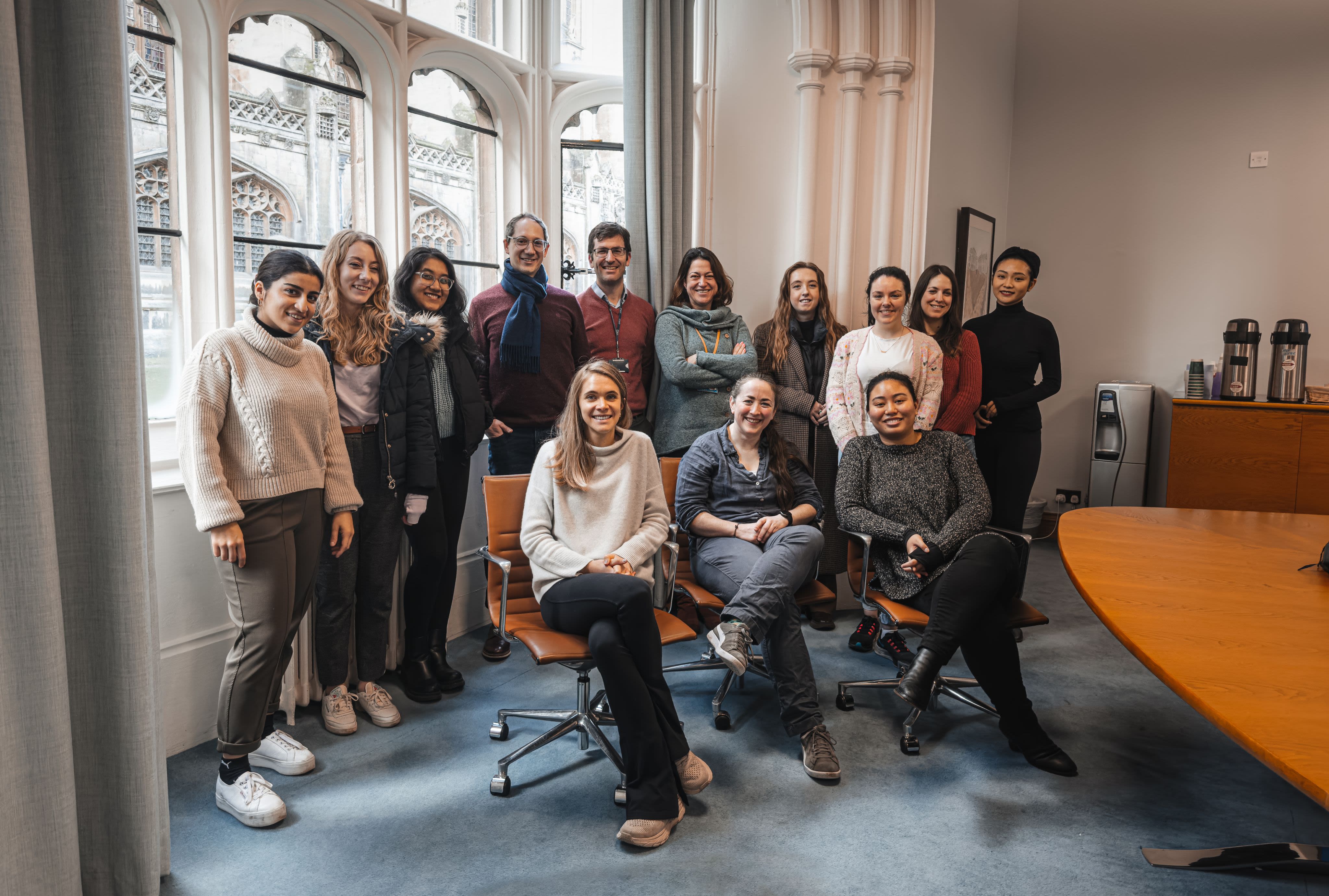
At the Cambridge School of Visual & Performing Arts, we value the kind of creative practice that steps beyond the day-to-day to ask novel questions and devise innovative solutions. We acknowledge the power of appearances, making visible that which otherwise might remain invisible, or that which might benefit from being drawn into greater visibility. We engage complex problem-solving, which requires flexibility, the ability to cooperate and co-create, and encourage an understanding of how interdisciplinary approaches can contribute to seeking solutions to transversal issues. At the same time, we also encourage critical thinking, which allows for seeing beyond appearances, beyond what ordinarily meets the eye.
We are delighted to be continuing our relationship with the University of Cambridge Public Engagement Team for next year’s Cambridge Creative Encounters. The unique opportunities afforded by the scheme for CSVPA students, staff and alumni alike, are extremely valuable, and underline the mutual benefits of artists and designers working alongside academic researchers from diverse fields of enquiry.
Such approaches will undoubtedly serve to continue to bring about the vision of the late French Philosopher, Michel Serres:
“Dreaming of universities whose spaces are mixed and multicoloured, striped like a tiger, blended in different shades, dyed with numerous pigments, twinkling like stars – real like a landscape.”
THE PROJECTS
Making Peace to a Song:
A Spoken Word Movement

Researcher:
Dr Dita N. Love
Faculty of Education
(Humanities and Social Sciences)
CSVPA Creative Partners:
Rachel Ellis – Head of Drama
Lois Fordham – MA Art & Design
Razaq Bolarinwa
"Making Peace to a Song" is a short film celebrating the relationship of the spoken word and the body’s response. Theatre practitioner Rachel Ellis and her students at CSVPA created a film weaving movement, poetry and soundscape in response to research by Dr Dita N. Love. The project highlights the healing power of creative community based on mutually transformative education research with imprisoned young men. The partnership also includes CSVPA MA graduates Lois Fordham and Razaq Bolarinwa (filmmaker/photographer).
The poetic choreography brings to life the ‘truth of the body’ to honour the truth of lived experience, resist stigma, and inspire loving care for young lives.


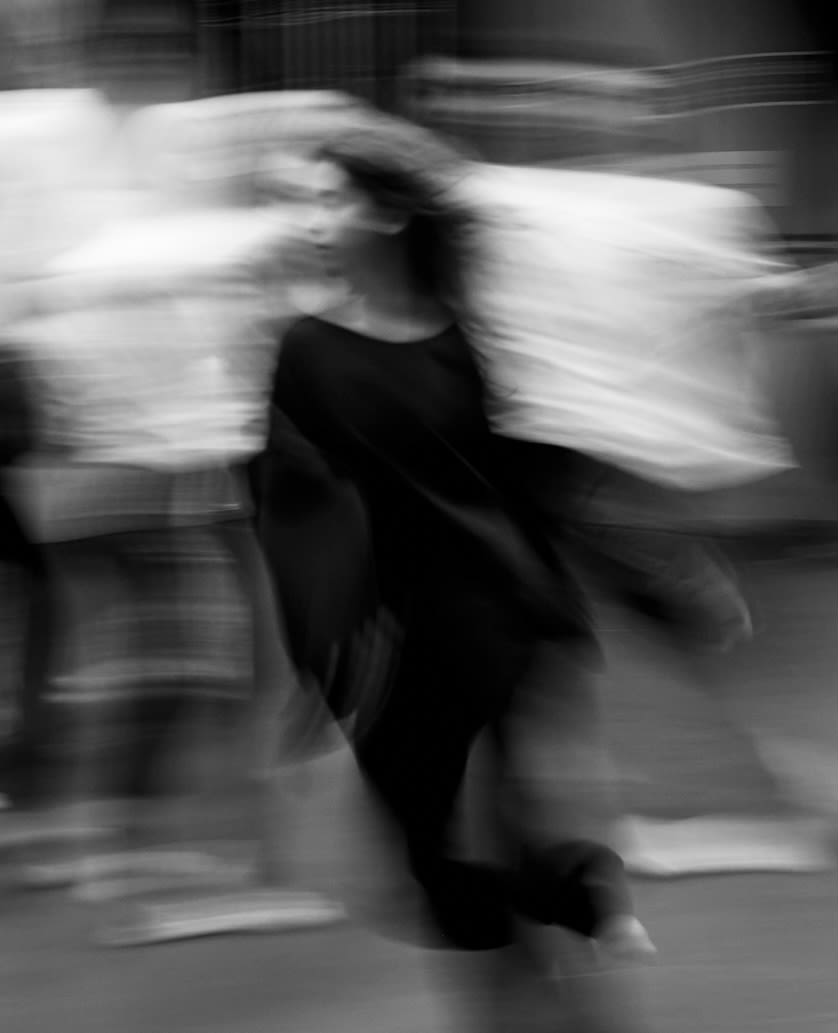



"The Creative Encounters Partnerships has been an eye-opening exhilarating and restorative experience, and truly refreshing way of linking research with public engagement. The partnership format is a generative, positively probing, and incredibly rewarding process especially because of the team's range of different ways of knowing and skills"
Dr Dita N. Love
Made it my way
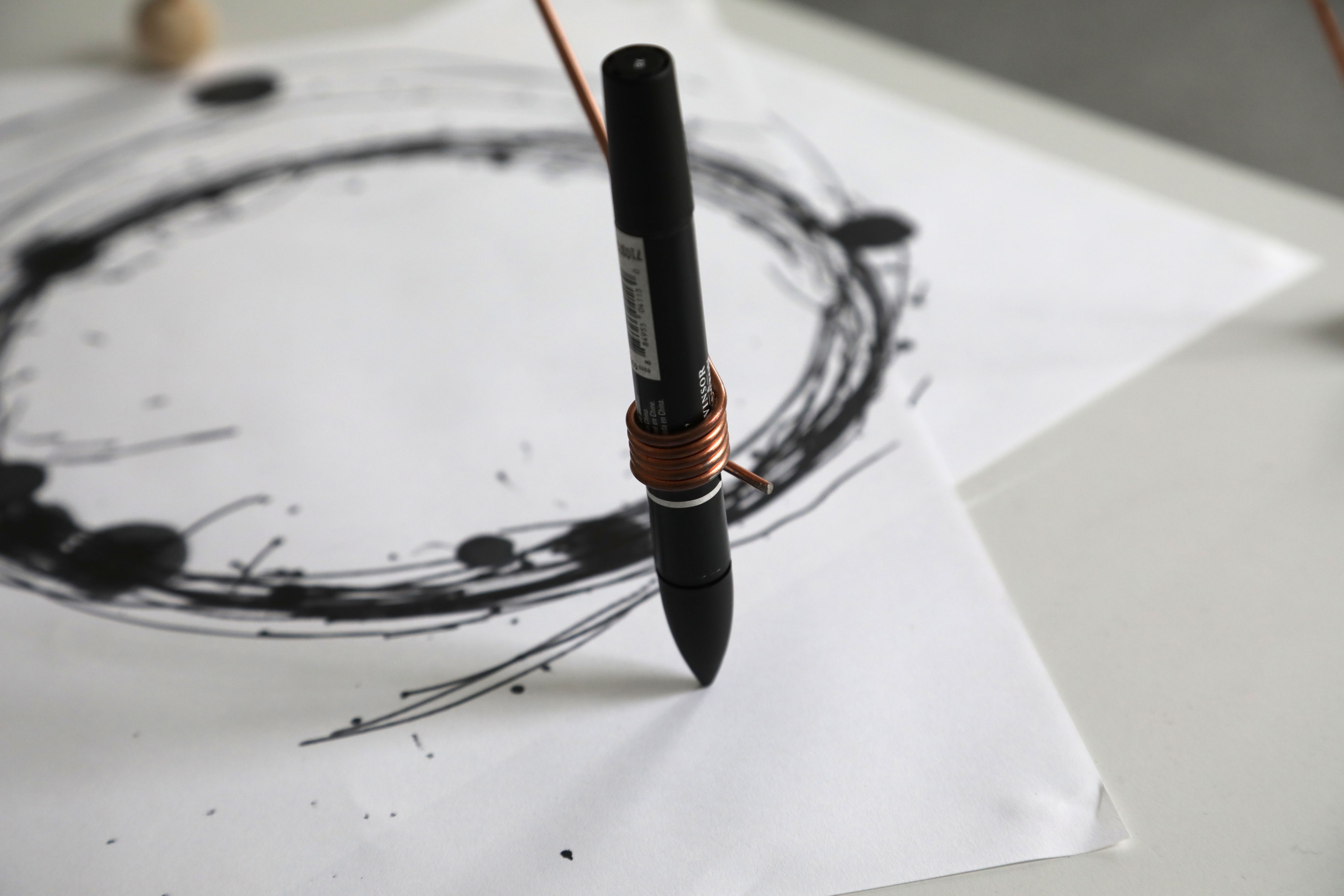
Researchers:
Dr Niamh Fox
Dr Etienne Rognin
Institute for Manufacturing
Department of Engineering (Technology)
CSVPA Creative Partners:
Mahija Mandalika
Graduate Diploma in Art & Design / MA Art & Science
The Interdisciplinary Research Collaboration (IRC) in Targeted Delivery for Hard-to-Treat Cancers is a project looking at designing new technologies to improve drug delivery in cancers such as glioblastoma, mesothelioma and pancreatic cancer. As manufacturing engineers we examine how different device designs, methods of handling and methods of manufacture change the properties of the device used and how that helps or hinders drug delivery. Things that work perfectly, produced using techniques common in the lab, can fall down when they are made using real world processes which do not have the same precision and often have different requirements. We are aiming to include these questions early on in the design stage to make sure these new devices make it out of the lab to make a real difference to patient lives.
About the kinetic sculpture:
'‘Made it my way’ is a set of kinetic sculptures that explore the concept of how different creative methods change the final product. This piece is inspired by work of researchers at the Institute for Manufacturing who are investigating how different manufacturing processes change the properties of new devices which deliver drugs for hard-to-treat cancers. Things that work perfectly, in a research lab, can fall down when they are made using real world processes which often have very different requirements. Try this for yourself, can you make the same circle twice with both sculptures of ‘Made it my way’?'
Medium: Kinetic Sculptural Piece (copper coated steel, laminate wood)


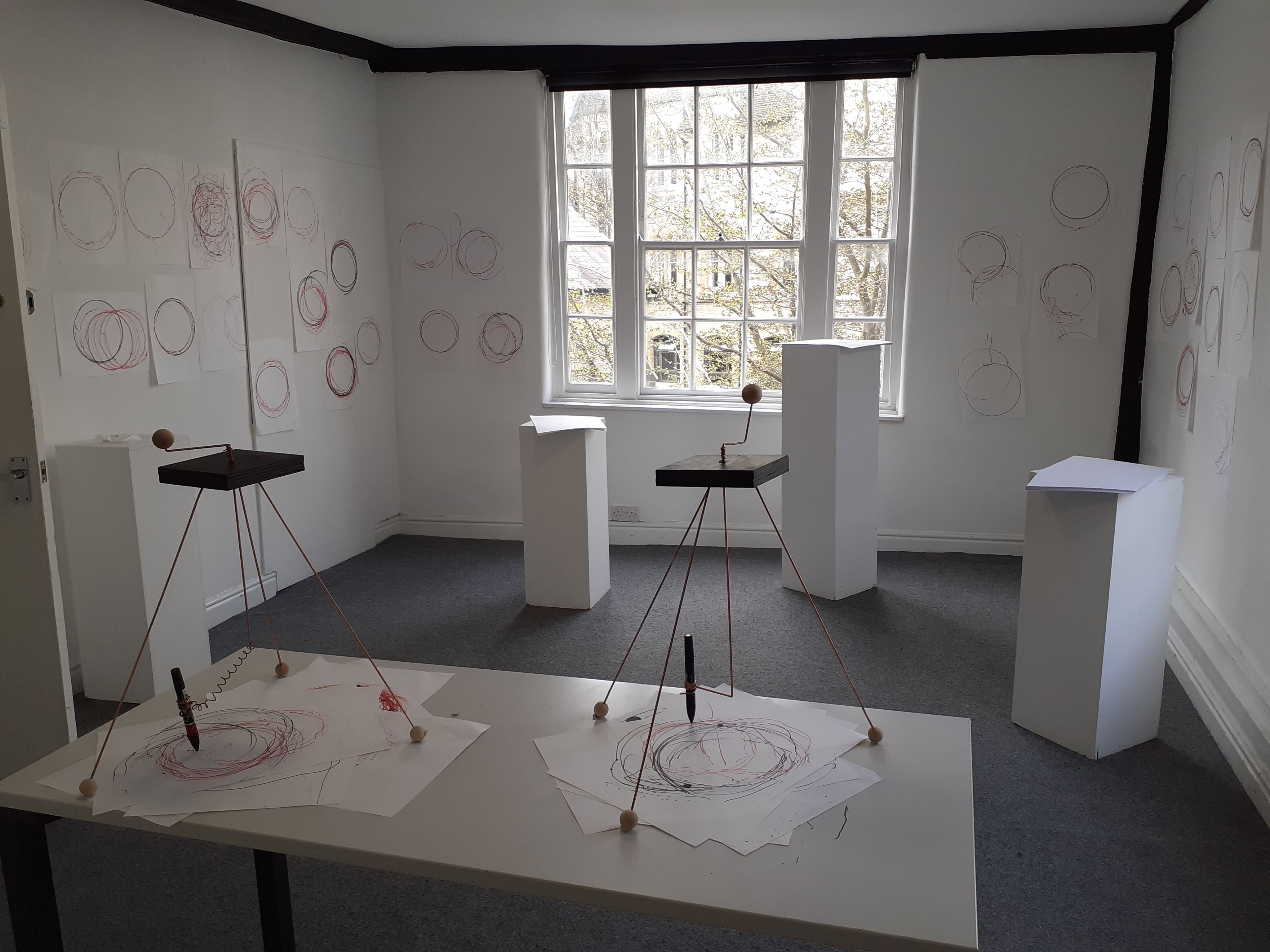


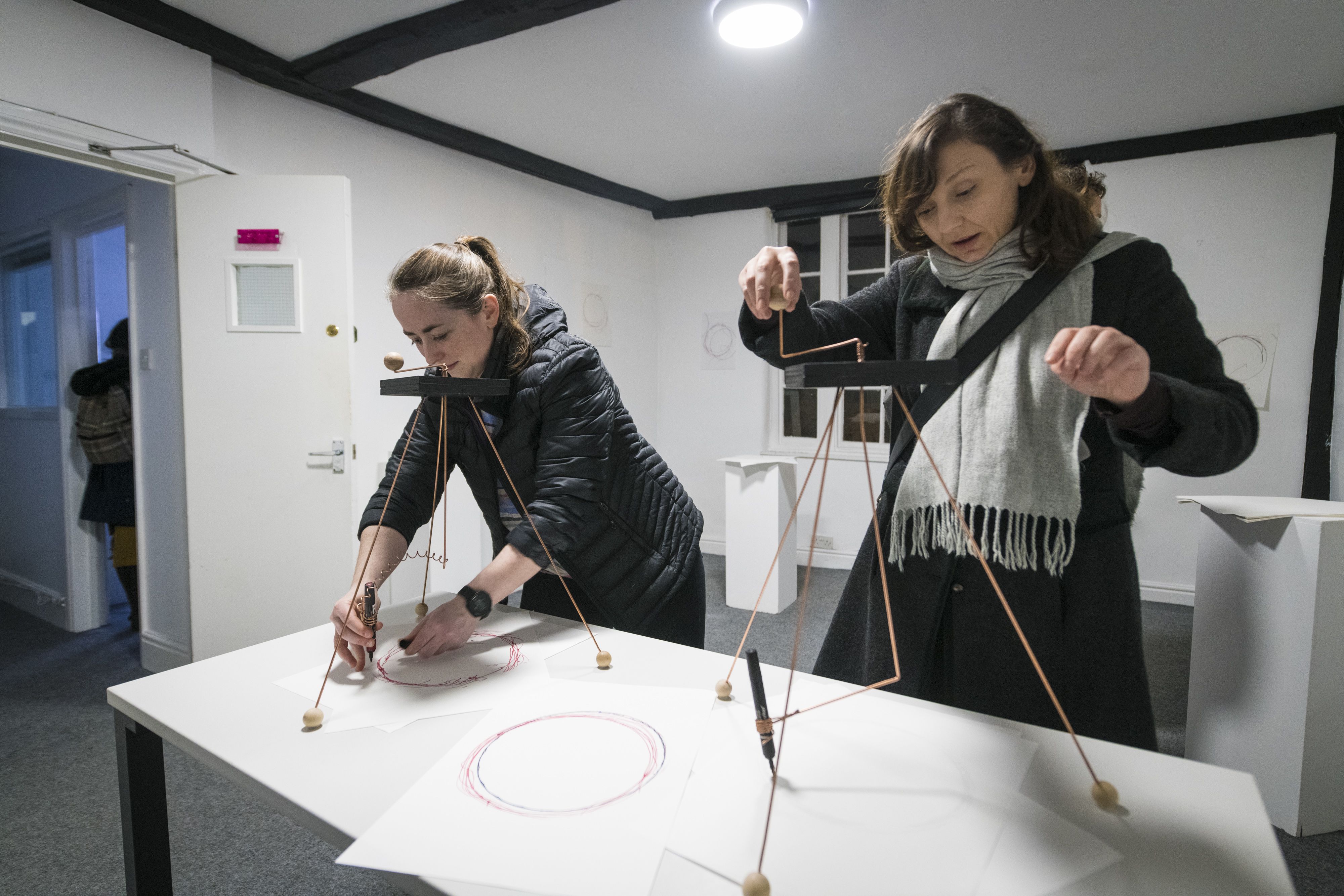




"Working with Mahija during Cambridge Creative Encounters has been fantastic. Mahija's grounding in both visual arts and engineering allowed her to produce a piece that really conveys the heart of our research in a striking way we could never have dreamt of ourselves."
Dr Niamh Fox / Dr Etienne Rognin
Animated Narratives of Global Catastrophic Risk

Researchers:
Dr SJ Beard
Dr Clarissa Rios Rojas
Dr Lorena Escudero
Dr Xioalei Zhang
Centre for the Study of Existential Risk
(Humanities and Social Sciences)
CSVPA Creative Partners:
Ali Aschman
Pathway Leader for Animation & Film
Artist Ali Aschman and her students at CSVPA have created a series of moving image responses to research by SJ Beard, Clarissa Rios Rojas, Lorena Escudero and Xiaolei Zhang on storytelling as a strategy for communicating drivers of Global Catastrophic Risk.
‘The End of the World’, a short experimental animated film by Ali Aschman, draws a parallel between various threats of climate change and her own visceral and emotional experience of grieving after an immense and sudden loss. An array of abstract and figurative imagery is accompanied by a soundtrack by Michael Cranny and a voiceover monologue performed by Nicki Hobday, in which the artist questions her capacity to care about humanity yet nonetheless shows a glimmer of hope for the future.
Alongside Aschman’s work, several of her students have created video works that tell stories about world-ending scenarios, from a family of opossums facing a barrage of propaganda telling them to ignore the climate crisis, to a woman harvesting vegetables from a tunnel of snow in Mexico during a volcanic winter, to a family of polar bears watching their habitat melt away. The project seeks to create new narratives around possible scenarios that would increase Existential Risk, with a view to inspire personal emotional investment and collective action towards a more sustainable world.
Qingyi Ji
Thet Htar Phyu Phyu
Veronika Nosova
Chia-Min Sun
Hong Wa Tang
Yishu Yuan
Walking - Side by side

Researcher:
Nura Jahanpour
Faculty of Education
(Humanities and Social Sciences)
CSVPA creative partner:
Lanxuan Nie (Ava)
MA Visual Communication: Graphic Design
“Walking - side by side" - This art piece invites viewers to embark on a journey, walking alongside parents to learn about their experiences and realities. Based on PhD research by Nura Jahanpour in Copenhagen and Bratislava, this illustration highlights the benefits of using the walking interview as a methodology for engaging with parent communities. The piece visually portrays the streets of the two cities, with the stories of parents hidden within. It serves as a visual representation of the power of walking side by side to truly understand the experiences and needs of parents. This art piece, in addition to being an access point for parent communities to engage in research, is a call to action for researchers and policymakers to consider the ethical and conceptually beneficial walking interview method when engaging with parent communities.



"Throughout this project, I have been able to examine my own research from a different lens. It has also equipped me with creative tools with which to engage parents and bridge the gap of research and practice."
Nura Jahanpour
Breed Better, Breathe Better

Researchers:
Fran Tomlinson
Jane Ladlow
Department of Veterinary Medicine
(Biological Sciences)
CSVPA creative partner:
Alina Radzphut
MA Art & Design
Flat-faced dogs have become very popular in recent years. Whilst these dogs can make great companions, this flat-faced (brachycephalic) appearance in these breeds has been associated with several serious health concerns, in particular breathing difficulties. Engaging with health schemes is vital to breed away from the exaggerated characteristics associated with these health issues, so that future generations of dogs can be healthier and happier. Working with researchers Jane Ladlow and Fran Tomlinson, artist Alina Radzhput created a short film about a friendly French bulldog called Bruno, to tell the story about his breathing.


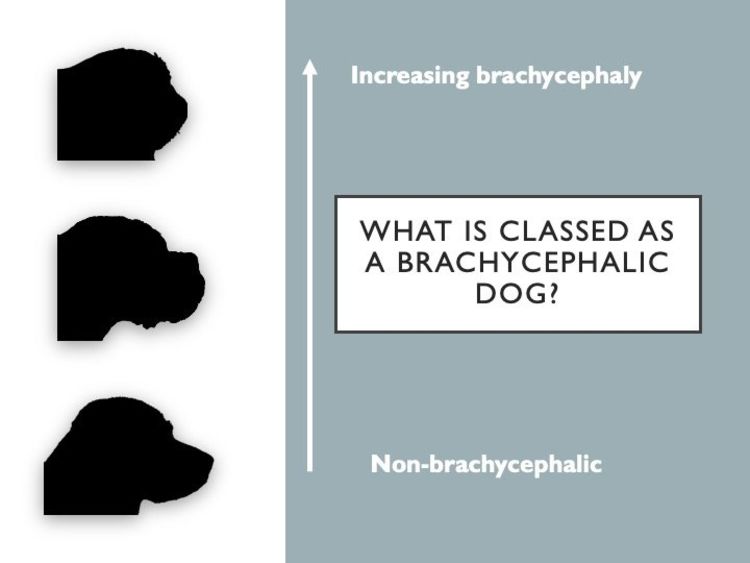
"Cambridge Creative Encounters has made me think about what the key messages I want the public to engage with about our research"
Fran Tomlinson
Parental Involvement in Children’s Education in Rural India
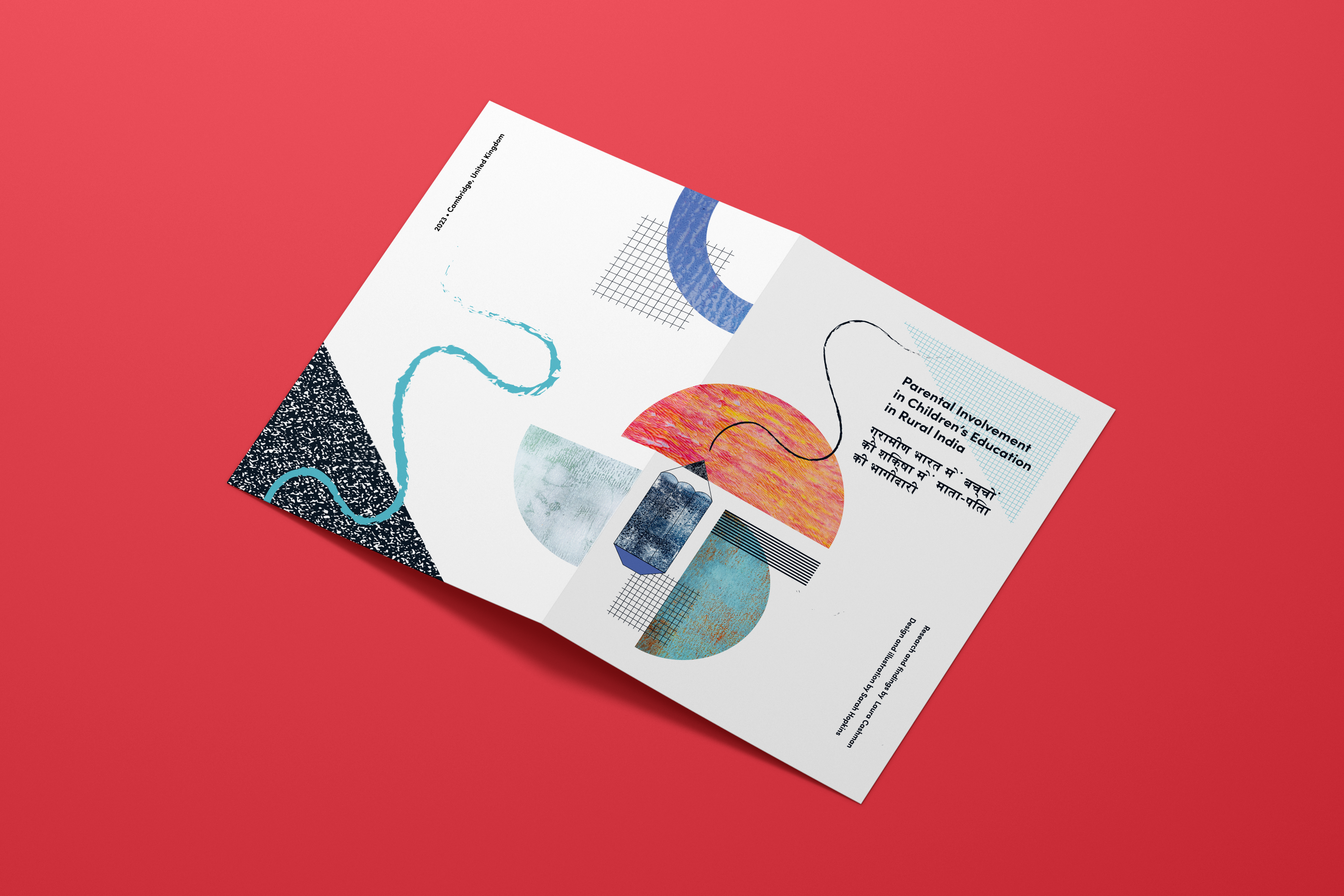
Researcher:
Laura Cashman
Research for Equitable Access and Learning Centre (Humanities and Social Sciences)
CSVPA creative partner
Sarah Clark Hopkins
MA Visual Communication: Graphic Design
Parental support to children’s schooling and learning has attracted significant interest in recent decades. This study employs data from a low-resource community in rural India to consider the factors that enable and influence parental involvement in children’s schooling and learning in the school, home and community. Using Structural Equation Modelling (SEM) for samples of between 9,000 and 19,000 parents, these analyses demonstrate that parents’ perception of outreach from school actors, such as teachers and headteachers, has a significant influence on their involvement at the school. Parents’ level of education, on the other hand, is a main driver of parents’ involvement with children’s education in the home. This study also considers the factors that enable parents’ participation in activities implemented in the school, home and community as part of an education intervention in rural India. Analyses show that school outreach also significantly influences parents’ participation in school related intervention activities. Parents’ level of education and perception of the time they have available to support children’s education significantly influences their participation in interventions focused on their involvement in the home and wider community.
These findings could inform policy-, practice- and research-focused discussions around why parents become involved in interventions that support their children’s education or their schooling and learning more broadly. However, this study also demonstrates that household wealth status influences the paths between certain enabling factors and parents’ involvement or participation. In other words, certain factors matter more for wealthier parents than their less affluent counterparts, and vice versa. For instance, school outreach is more influential for less affluent parents’ school-based involvement than their wealthier counterparts whereas parents’ time is more influential for more affluent parents’ home-based involvement. This implies that household poverty continues to exacerbate inequalities in how and why parents become involved in their children’s education in rural India. This study will provide stakeholders with a more nuanced view of the factors that influence parental involvement and the enabling role of household wealth, which could be a potential route through which we could improve parental support to low-achieving children.
In order to make the research findings actionable and valuable to the communities they represent, Laura Cashman and Sarah Hopkins worked together to create a booklet that illustrates the research in a way that is succinct, direct, and digestible. The publication takes the reader on a journey to understand the significance of parental involvement in learning through infographics, visually compelling facts, and storytelling. This creative output provides a visual complement to the statistical findings, placing emphasis on the many low-lift actions policymakers can focus on to increase student success with parental involvement in their communities. By distilling the data into a compelling, action-oriented narrative that is eye-catching and easy for anyone to understand, the research becomes directly influential.
Ukuhlukunyezwa Okuphindaphindiwe
Translation: 'multiple intersecting oppressions'


















TRAUMA
TRAUMA

SKETCH 07
SKETCH 07

STRENGTH
STRENGTH

SUBSERVIENCE
SUBSERVIENCE

SADNESS
SADNESS

SKETCH 04
SKETCH 04

RESILIENCE
RESILIENCE

ROYALTY
ROYALTY

FATIGUE
FATIGUE

WEALTH
WEALTH

POVERTY
POVERTY

JOY
JOY

CHILD
CHILD

ADULT
ADULT

ABUNDANCE
ABUNDANCE

SCARCITY
SCARCITY
Researcher:
Ayanda Mhlongo
Centre for Gender Studies
(Humanities and Social Sciences)
CSVPA creative partner:
Elizabeth Anne Inkim
MA Visual Communication: Graphic Design
This work explores the multiple intersecting oppressions experienced by black female freedom fighters in South Africa.
'Historical Trauma through the lens of female freedom fighters from South Africa' is a project that attempts to amplify the voices of black, South African female freedom fighters by centering their experiences & perceptions. Umkhonto weSizwe was developed as a military wing of the African National Congress to deal with the political, social and economic oppression of black people by the apartheid regime. Both males and females were welcomed to join Umkhonto we Sizwe, but men were often regarded as best suited to lead and engage in political violence. Thus, this project focuses on the experiences and perceptions of these women and reveals why complexities and challenges faced by the South African society cannot be divorced from gender and race politics.
About the work
This research focuses on black female freedom fighters in South Africa to understand the following:
- How does historical intergenerational trauma affect black South African women who were freedom fighters?
- How does gender, race and historical intergenerational trauma intersect in apartheid and post-apartheid South Africa?
- How does the experience of being freedom fighters during apartheid shape South African Black women’s political agency?
- What are the racialised, gendered and generational dynamics and consequences of war and conflict in South Africa?
Special Partnership
Services for people experiencing homelessness in Cambridge - a Map

Researchers:
Dr Johannes Lenhard
Dr Damita Abayaratne
Megan Margetts
Jack Lund
Department of Social Anthropology
Max Planck Cambridge Centre
(Humanities and Social Sciences)
Creative:
Sorrel Milne
Homelessness is often ‘invisible’, hidden in a parallel world for the people not experiencing it. Crucially, even for people who do experience homelessness parts of the infrastructure they are eligible to access is not transparent. This map is the outcome of a project involving both people experiencing homelessness, service providers and wider ecosystem participants with artist Sorrel Milne to make one facet of it easier to understand: how to access healthcare in Cambridge.
While the (exhibited) front map shows an overview of the different kinds of healthcare provided - from physical and mental health to substance use support - the back lists different healthcare providers and the services they offer. The map will serve a dual use: it will be handed out to people experiencing homelessness to help them navigate healthcare in Cambridge and it will also provide some clarity and transparency to service providers.
About the research
Over the last nine month, a team of Cambridge researchers from Anthropology, Land Economy and Medicine conducted ethnographic interviews with people experiencing homelessness, service providers and policy makers in Cambridge to understand barriers to healthcare access for people experiencing homelessness. Homelessness is a problem of housing but also a problem of care and especially healthcare; with our in-depth interviews we focused on mapping where people experiencing homelessness were most importantly unable to access the healthcare they needed or wanted in Cambridge. Funded partly by the National Institute for Health Research (NIHR), the research was run by the Cambridge Homelessness Impact and Research Network (CHIRN) with Dr Johannes Lenhard and Dr Gemma Burgess as PIs and Meg Margetts as Lead Researcher. A comprehensive report will be launched (and published on the CHIRN website) on March 27.
The research team was introduced to Sorrel Milne in early 2023 and very quickly and organically decided on working on the map together. With the input from many service providers and ecosystem participants, the project quickly took shape and the (parts of the) map emerged within weeks.


"It is amazing to see the fruits of the team’s labour take such a beautiful - and hopefully helpful - form that is so different from the medium we usually work with: words and text. We are really happy about the map which Sorrel Milne produced, thanks to the support from Selen Etingu, and hope it will help make the healthcare ecosystem in Cambridge slightly more easy to navigate for people experiencing homelessness going forward."

EXPLORE MORE


YOUR FEEDBACK

FUNDED BY
















